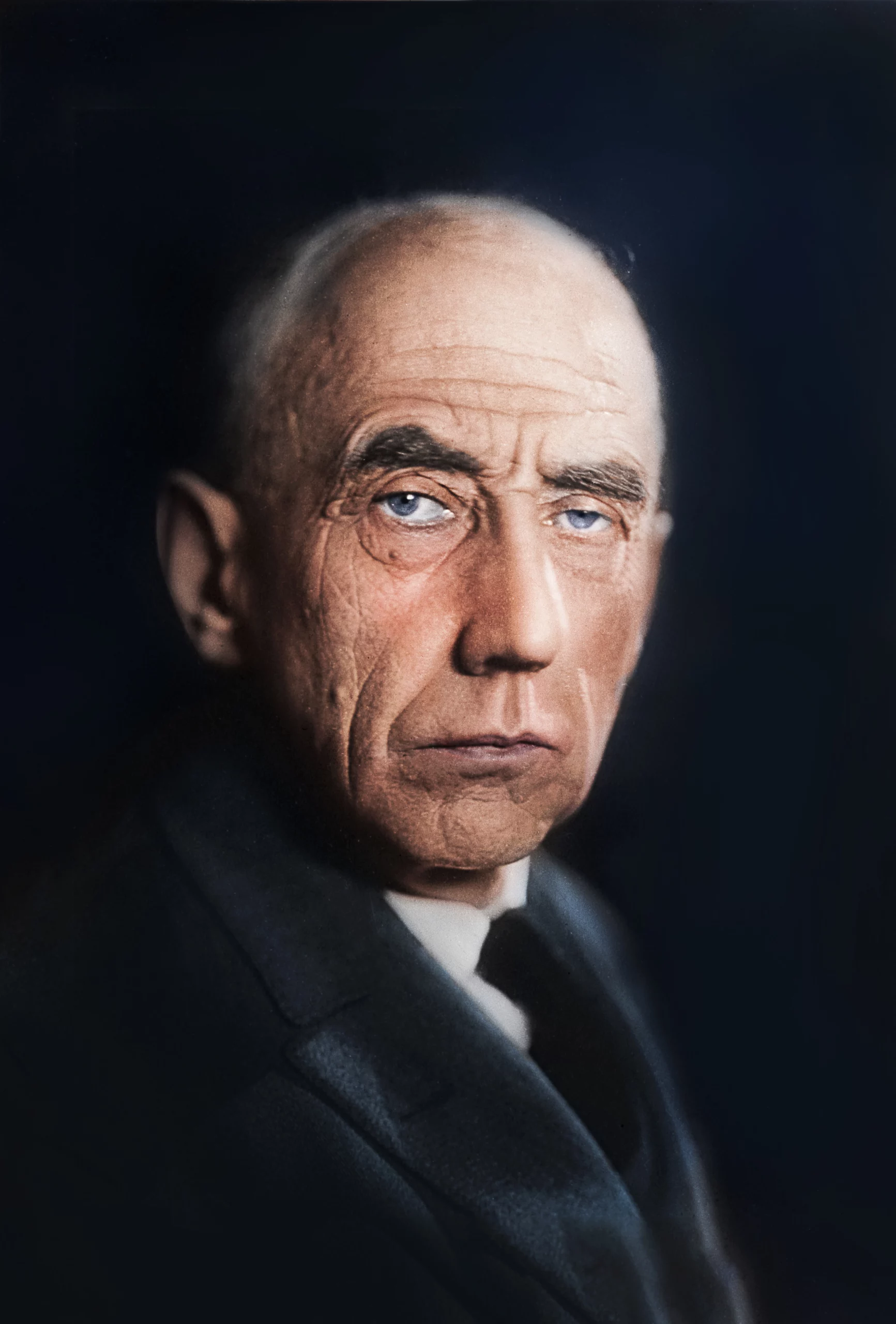Roald Amundsen
Roald Amundsen, the Norwegian polar explorer, is renowned for his remarkable achievements in polar exploration during the early 20th century. What set Amundsen apart from his contemporaries was his exceptional planning and organizational skills. His meticulous attention to detail and strategic preparation enabled him to lead successful expeditions, including being the first person to reach the South Pole.
Roald Amundsen was born in 1872, in Borge, Norway. From an early age, he exhibited a keen interest in exploration and adventure. He was greatly influenced by the accounts of polar expeditions, particularly the successful journey of Fridtjof Nansen’s Fram expedition to the Arctic. Inspired by these stories, Amundsen decided to pursue a career as an explorer and dedicated himself to honing the skills necessary for polar exploration.
Amundsen’s approach to planning expeditions was methodical and thorough. Before embarking on any journey, he would spend years studying the polar regions, learning from indigenous people and previous explorers, and gaining insights into the harsh environments he would encounter. His commitment to understanding the terrain, climate, and challenges of the Arctic and Antarctic regions set the foundation for his subsequent successes.
One of Amundsen’s most iconic achievements was reaching the South Pole on December 14, 1911. His meticulous planning for this expedition was pivotal to its success. Rather than underestimating the challenges, Amundsen considered every aspect of the journey, from logistics and provisions to equipment and team selection.
Amundsen opted for sled dogs as his primary mode of transport, a decision that proved to be crucial. The dogs were well-suited to the harsh conditions and enabled the team to cover vast distances efficiently. In contrast, the British polar expedition led by Robert Falcon Scott relied heavily on horses and motorized sledges, both of which proved inadequate for the extreme conditions, leading to their tragic demise.


Amundsen’s leadership style was also pivotal to his success. He skillfully brought together a diverse team of highly talented explorers, each proficient in various aspects of polar exploration, navigation, mapping, sledging, medical expertise, and arctic survival. These individuals exhibited exceptional adaptability and physical and mental toughness. Amundsen was a strong and disciplined leader, setting high standards for himself and his team. His calm demeanor, ability to adapt to changing circumstances, and focus on team dynamics fostered a sense of camaraderie among his crew, ensuring they worked cohesively toward their common goals.
Amundsen’s leadership style was also pivotal to his success. He skillfully brought together a diverse team of highly talented explorers, each proficient in various aspects of polar exploration, navigation, mapping, sledging, medical expertise, and arctic survival. These individuals exhibited exceptional adaptability and physical and mental toughness. Amundsen was a strong and disciplined leader, setting high standards for himself and his team. His calm demeanor, ability to adapt to changing circumstances, and focus on team dynamics fostered a sense of camaraderie among his crew, ensuring they worked cohesively toward their common goals.

Amundsen’s approach serves as an inspiration at FCC, emphasizing the significance of meticulous planning, diverse talented teams, adaptability, and teamwork in achieving exceptional goals. We think we can achieve similar results (not in polar exploration, but in the more mundane world of investing!) with a small and cohesive team and a process rooted in disciplined thinking, continuous experimentation, and strategic decision making.
